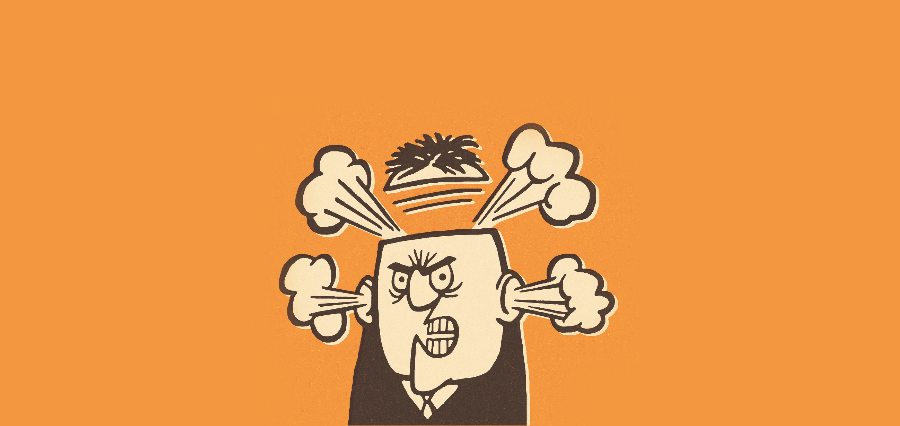A recent column in the mainstream media prompted Dr Des Corrigan to look at the issues in using esketamine to treat depression
I recently had a John McEnroe-like moment, in that my reaction was ‘You cannot be serious!’ while reading an article by Dr Muiris Houston, the medical correspondent with The Irish Times, titled ‘Is esketamine for treating depression a step too far?’ My reaction, which involved the abuse of neither a racquet nor an umpire, was aimed, not at Muiris Houston, but at the idea of using such a problematic drug in humans.
The article in The Irish Times Health Supplement did draw attention to the dependence risks and used the recent experience with pregabalin as an example of what happens when the genie is let out of the bottle because of an overly-optimistic expectation that dependence might not be an issue of concern. In the case of esketamine, such an expectation seems to me to be not just overly-optimistic, but also to fly in the face of what we already know from bitter experience about the abuse potential of this type of drug. Esketamine is the S-enantiomer of ketamine, and the R-enantiomer called arketamine is also being tested as a therapy for treatment-resistant depression. Enantiomers, you will recall from Pharm.Chem lectures, are stereoisomers that are mirror images of one another. The ketamine with which you are already familiar as a veterinary anaesthetic and tranquilliser is the racemic mixture of the S and R forms. Human use is largely restricted to general anaesthesia in high-risk patients.
Esketamine has twice the potency of racemic ketamine for general anaesthesia but it also has very rapid-acting antidepressant activity. It has been licensed by the FDA since March of this year for use as a nasal spray or IV injection, along with an oral antidepressant in treatment-resistant depression.
Researchers from the FDA recently published a ‘Perspective on esketamine for treatment–resistant depression’ in the New England Journal of Medicine. They noted that esketamine was a novel treatment for a condition that is both severe and life-threatening. A key benefit is its rapid onset of effect compared to conventional antidepressants. Such an effect occurs within several hours, compared to the two-to-six weeks for conventional antidepressants. The FDA reviewed three placebo-controlled parallel group studies lasting four weeks, a longer-term randomised withdrawal study, and a 12-month open-label safety study, all funded by a pharmaceutical company. All patients in the four-week studies started a new oral antidepressant and those in the treatment group were then dosed intranasally with the esketamine twice weekly. At follow-up, in one study involving 114 patients in the treatment group and 109 in the placebo group, there was a significant decrease compared to placebo in the Montgomery-Åsberg Depression Rating Scale (MADRS), with a treatment effect observable after just two days. However, two other short-term studies failed to demonstrate a statistically-significant treatment effect.
The FDA normally requires two positive short-term, well-controlled studies to meet its standard for “substantial evidence of effectiveness” for antidepressants. The article did refer to the fact that approximately half of all short-term RCTs for approved antidepressants fail to show statistically significant effectiveness, which is in itself worrying. In the case of esketamine, the FDA view was that the positive four-week study and the results of the randomised withdrawal study provided substantial evidence of effectiveness. That latter study involved patients with treatment-resistant depression who had responded after at least 16 weeks of esketamine plus oral antidepressant. These were randomly assigned to continue esketamine weekly or bi-weekly or were switched to intranasal placebo. All patients continued to receive oral antidepressants on ethical grounds. The esketamine patients, some of whom achieved remission (MADRS score of 12 or less), had a longer time to relapse compared to those on placebo after a median follow-up of three months.
Given ketamine’s history, the FDA paid special attention to safety issues, noting a transient increase in blood pressure of up to 40mmHg. Not surprisingly, there was acutely impairing dissociation and sedation immediately after use. Consequently, as a condition for FDA approval, a Risk Evaluation Mitigation Strategy (REMS) was required. As a result, in the US, esketamine can only be dispensed and administered in a medically-supervised healthcare facility where patients can be monitored for at least two hours post-administration. Pharmacies that dispense esketamine must ensure that it is only dispensed to clinics and hospitals that are certified in the REMS document.
This is an attempt to avoid the diversion of esketamine onto the ‘recreational’ market, as occurs with ketamine, which is widely misused as a party or dance drug under the names ‘K’, ‘Vit K’, ‘Special K’ or ‘KitKat’. The dissociative, hallucinogenic, out-of-body experience is what party drug users actively seek out. This near-death experience is called ‘going through the K-hole’ by users. Ketamine frequently features in what has become known as ‘Chemsex’, which is sex between men that occurs under the influence of drugs taken immediately before and/or during sex sessions, which often involve multiple partners over a prolonged period of time. Drugs including ketamine, mephedrone, crystal meth, cocaine or crack, MDMA and GHB/GBL are consumed sometimes by injection — a process referred to as ‘slamming’. GBL is gamma-butyrolactone and it, along with 1,4 butanediol (1,4BD), can be converted in the body into GHB (gamma hydroxy butyrate). Ingestion of any of these three substances results in euphoria, sociability, increased libido and hallucinations. Unconsciousness can occur within 20 minutes, even with low doses, which is why GHB etc are considered to be ‘date-rape’ drugs, which are difficult to detect. Overdosage is highly likely, leading to an agitated combative state, seizures, coma and respiratory depression. Deaths usually involve polydrug use and dependence and withdrawal have been reported.
Simultaneous use of ketamine is highly likely to add to the risks because of the hallucinations that accompany the euphoria. Psychotic reactions are common, as are high blood pressure and palpitations. Fatalities have involved combinations of ketamine with alcohol, opioids, benzos and cocaine. It is no wonder therefore that the FDA is trying to prevent anything similar happening with esketamine. The one thing they have not addressed so far is the risk of ulcerative cystitis, which has been reported in many frequent ketamine users, resulting in significant bladder damage and haematuria from the ulcers. This effect was so well known among users that a designer analogue called methoxetamine, or ‘Mexxy’, was touted by online headshops as a bladder-friendly alternative to ketamine, but subsequent research indicated that it too can cause ulcerative cystitis.
A final thought about esketamine relates to its cost. An article in an American journal of formulary management (Pharmacy and Therapeutics) recently estimated the monthly cost of the nasal spray at between $5,664 and $8,142, although the authors pointed out that off-label use of IV ketamine itself for depression cost ‘only’ $500-1,000 per infusion at a private clinic. One wonders what a pharmaco-economic evaluation would make of that!







